When it comes to paintball, there are many different factors that you need to take into account in order to have the best experience possible. One of the most important decisions you will make is what type of tank to use: CO2 tanks or compressed air tanks? In this article, we will compare and contrast these two types of tanks and help you decide which is better for you.
What Is Co2?
It can be used as a propellant to power paintball guns and other air-powered weapons. CO2 tanks are filled with liquid CO2 which evaporates when exposed to atmospheric pressure, allowing it to be used as a propellant. [1]
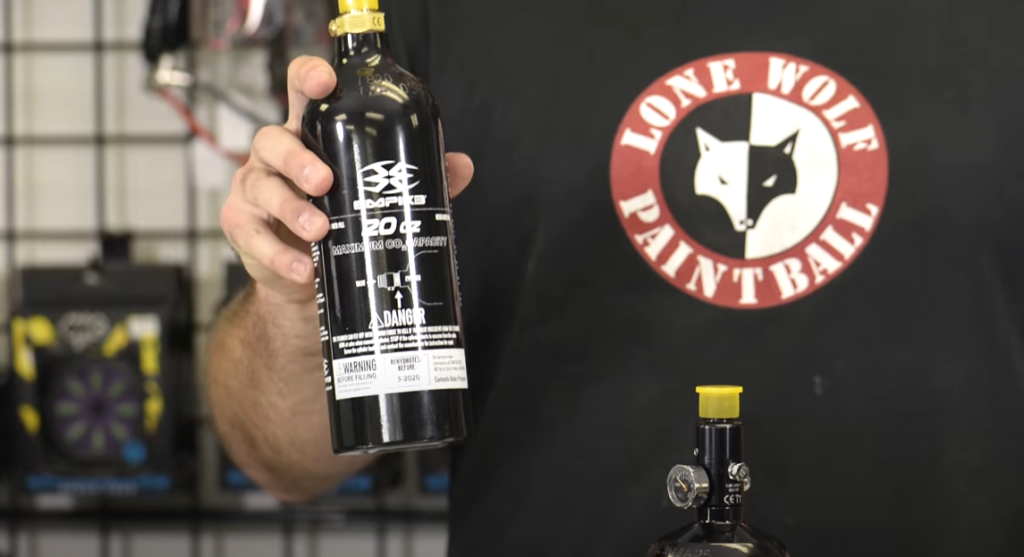
Types Of Co2 Tanks
When it comes to paintball tanks, there are two main types of Co2 tanks available: bottled and disposable. Bottled Co2 tanks are made from aluminum or steel, and they hold anywhere from 5-20 ounces of liquid CO2. These tanks require a special filling station in order for you to be able to refill them when needed. Disposable Co2 tanks come filled with 12 grams of pressurized Co2 and can be used once before being discarded. [1]
Pros Of Co2
The main advantage of a Co2 paintball tank is its relatively low cost. The tanks are much cheaper to manufacture and fill than compressed air tanks, so they tend to be the most affordable option for players on a tight budget. Additionally, Co2 absorbs heat quickly, making it ideal for cold weather play. [1]
Cons Of Co2
The cons of using CO2 paintball tanks are that they are not as reliable as compressed air tanks. These tanks can be affected by temperature changes, which can cause the pressure in the tank to fluctuate drastically. This means that you may have to adjust your gun’s velocity every time you play, making it difficult to find a consistent performance level. Another disadvantage of CO2 is that it tends to reduce efficiency over time, leading to decreased accuracy and shorter-than-expected game times. The last major downside is that these tanks tend to be heavier than their compressed air counterparts, so if weight is an issue for you then this might not be the best choice. [1]
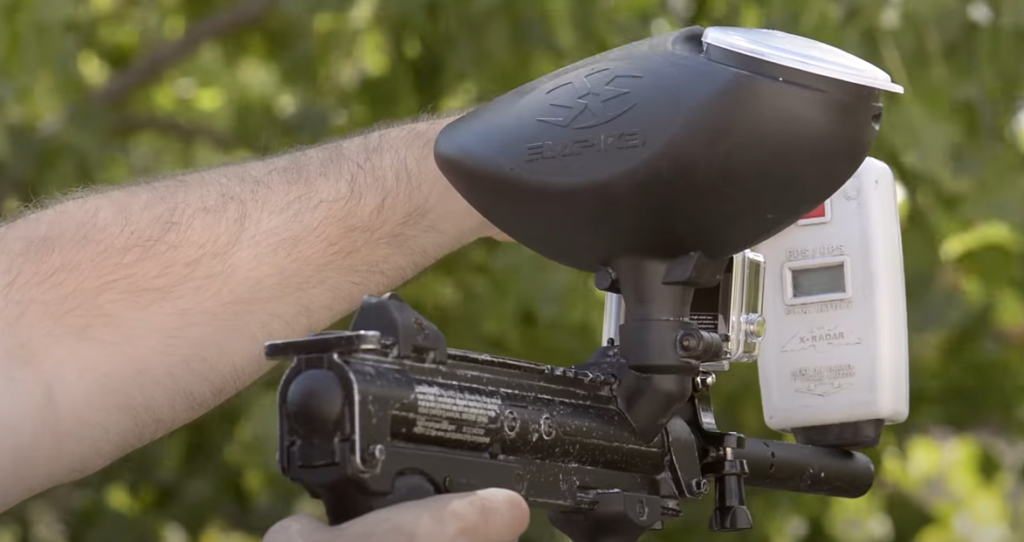
What Is Compressed Air (Or Hpa)?
It’s usually stored in tanks at high pressure (3000 psi or more) to achieve maximum velocity when the gun is fired. Compressed air works better than CO2 because it has a much lower freezing point and doesn’t expand as much when released, resulting in more consistent shots without worrying about your paintballs breaking due to temperature changes. [1]
Types Of Compressed Air Tanks
When it comes to compressed air tanks, there are three types: HPA (High Pressure Air), Nitrogen and CO2. All three have their own advantages and disadvantages which will be discussed later in the article.
The pressure rating indicates how much pressure is required for the paintball gun’s O-ring seal to open and release gas, with higher pressure meaning a stronger shooting range. This kind of tank also has an adjustable output regulator so you can tailor your shots depending on what marker you’re using or where you’re playing.
They are also refillable, making them great for players who plan on using their guns regularly. [1]
Pros Of Compressed Air
Compressed air tanks are becoming increasingly popular amongst paintball players due to the many advantages they offer over CO2 cylinders. Compressed air tanks contain pure, filtered air which is more consistent than that found in a CO2 cylinder. This means that you can get more accurate shots with a compressed air tank, as well as higher velocities and improved range. Additionally, compressed air tanks tend to be much lighter than their CO2 counterparts, making them easier to carry around during games. Furthermore, compressed air tanks do not require refilling nearly as frequently as CO2 cylinders do. [1]
Cons Of Compressed Air
Although air tanks are considered the superior choice for paintball, they have some drawbacks. First, compressed air tanks can be expensive to purchase and maintain. Air tanks need to be hydro tested every five years, which costs about $20-$30 per tank. Additionally, you’ll need an adapter if your marker is not compatible with the cylinder threading type (for example, if it uses a CO2 tank). Lastly, many fields do not allow high-pressure air cylinders due to safety concerns. [1]
What Is The Difference Between Paintball Co2 Tank And Compressed Air Tank (Hpa Paintball Tank)?
The two most common types of paintball tanks are Co2 (carbon dioxide) and HPA (High Pressure Air). Both tanks hold pressurized air, but they have some differences.
CO2 tanks use liquid carbon dioxide that is heated until it vaporizes into a gas. It is then regulated down to safe pressure levels. The biggest downside to using CO2 is that the temperature of the gas varies depending on environmental conditions, which can make it inconsistent when shooting your marker.
HPA tanks are filled with compressed air at anywhere from 3000 PSI up to 4500 PSI and remain relatively consistent regardless of weather conditions. This makes them more reliable than their CO2 counterparts, making them a popular choice amongst many players. HPA tanks also come in a variety of sizes, so you can choose the one that fits your needs. [2]
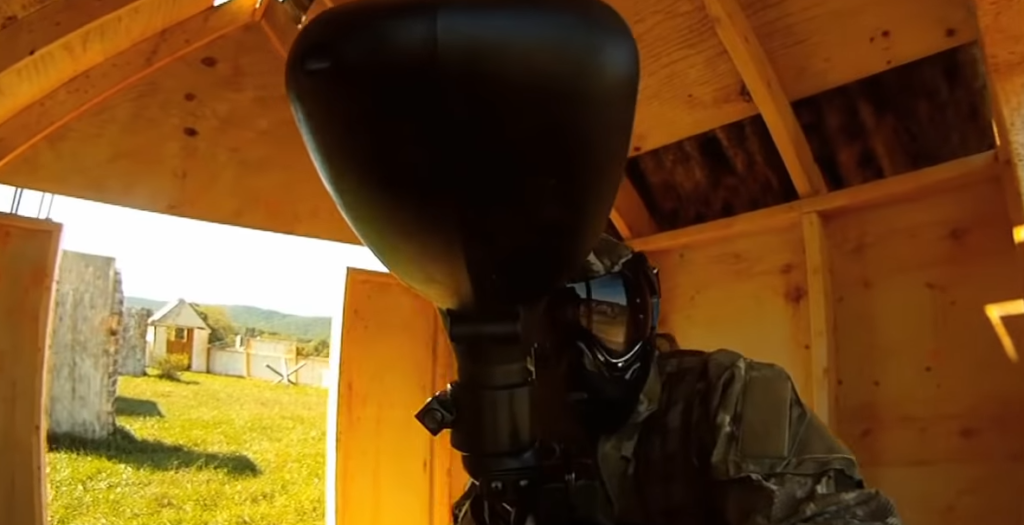
Can You Fill A Paintball Co2 Tank With Compressed Air?
No, you cannot fill a paintball CO2 tank with compressed air. While they are both pressurized gas tanks, they are not interchangeable and require different levels of pressure in order to function properly. Paintball CO2 tanks use liquid carbon dioxide while compressed air systems rely on ambient air that is pushed through a regulator and pressurized up to the desired level before being put into the gun’s air chamber. Refill stations for both types of tanks should be clearly labeled so there is no confusion over which type of tank needs what type of refill. [2]
Different Types of Paintball Tanks
Aluminum HPA Paintball Tanks
High-pressure air (HPA) paintball tanks are the most common type of tank used for recreational play. These tanks have an aluminum body and a regulator that works to reduce the pressure from the tank (around 3000 PSI) to an effective usable pressure for shooting your marker (typically 800 – 1200 PSI). This type of paintball tank is generally more reliable than CO2, since it does not have the same temperature sensitivity issues that come with using CO2. Additionally, because HPA tanks contain pure, dry air they do not require any additional lubrication or maintenance other than routine visual inspections and occasional replacement of burst disks and o-rings. [3]
Fiber Wrapped HPA Paintball Tanks
Fiber wrapped HPA paintball tanks are the same as aluminum HPA tanks, but with an added layer of insulation. The insulation helps to keep the air in the tank cooler, which helps prevent heat-related issues. This type of tank is slightly heavier and more expensive than a regular aluminum HPA tank, but may be worth it if you play in hot climates or shoot high rates of fire. [3]
CO2 Paintball Tanks
CO2 paintball tanks are generally the least expensive option available and are made from a variety of materials, including aluminum and carbon fiber. These tanks contain liquid CO2 that is pressurized in order to shoot your marker. CO2 is cheaper than HPA but it has a few drawbacks – it is temperature sensitive, so shooting in cold weather can cause fps drops or other performance issues; it requires additional lubrication to prevent your marker from freezing up; and because it contains liquid, the tank needs to be stored upright so that no gas escapes. [3]
One Time Use Disposable Tanks and Non-Refillable Paintball Tanks
One time use disposable tanks and non-refillable paintball tanks are typically only found at professional paintball fields. They are made from aluminum or plastic and contain a certain amount of CO2 that can be used to shoot your marker one time before being disposed of. These tanks are generally not refillable, so they must be replaced after each game. [3]
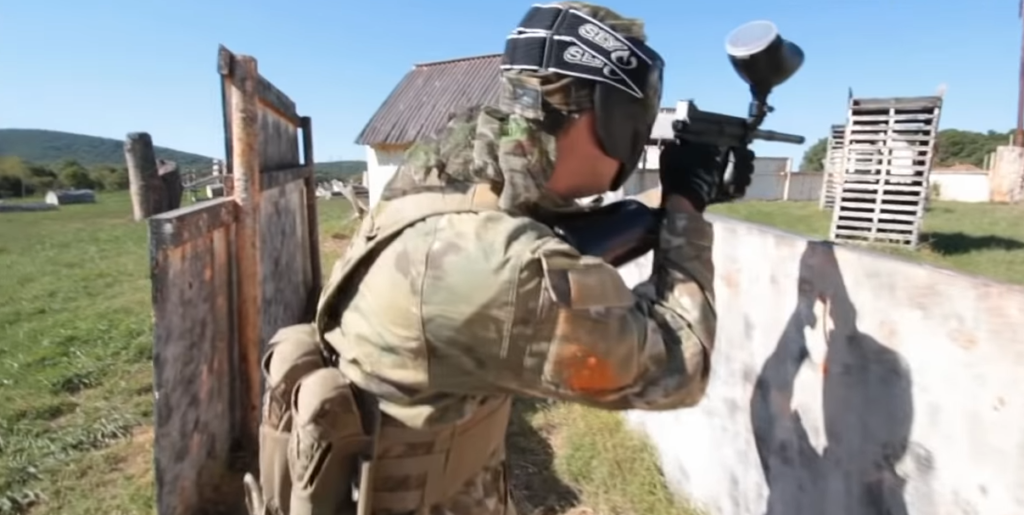
How to Choose The Right Size Paintball Tank
When you’re shopping for paintball tanks, it is important to choose the right size. The larger the tank, the more pressure and air it can store. Larger tanks are better for players that plan on playing multiple rounds in a single session, while smaller tanks are better suited for light use such as target practice or recreational sessions.
You should also consider the type of valve your gun requires. Most markers require one of two types of valves: pin valve or threaded valve. Pin valves are often used with CO2 tanks and have an exposed pin that sticks out from the tank when filled; these valves release gas quickly and provide a steady stream of CO2. Threaded valves are typically used with compressed air tanks and have an internal thread that attaches to the gun’s ASA or adapter; these valves release a consistent amount of air.
If you are unsure about what type of valve your gun requires, you can consult with a paintball store or do some research online.
Finally, it is important to consider the type of fill station available at your playing field. Some fields only provide CO2 tanks while others may offer both types of gas cylinders. If you plan on using compressed air, make sure to check if the playing field has a compressor so you can refill between games. [3]
High Pressure VS Low Pressure HPA Tank
Before you decide whether to go with CO2 or compressed air paintball tanks, it’s important to understand the differences between high pressure and low pressure.
High Pressure (HPA) tanks use nitrogen gas that is stored at a much higher pressure than CO2. This means they can deliver more shots per tank because of the higher velocity of each shot. The downside is that they are more expensive, heavier and require specific fill stations in order to charge them up again.
Low Pressure (LPA) tanks use CO2 as their propellant and store the gas at a lower pressure than HPA tanks. This allows for smoother operation of the gun, but also means less shots on average from each tank. LPA tanks are also cheaper and lighter than HPA tanks, making them a great choice for recreational players. [3]
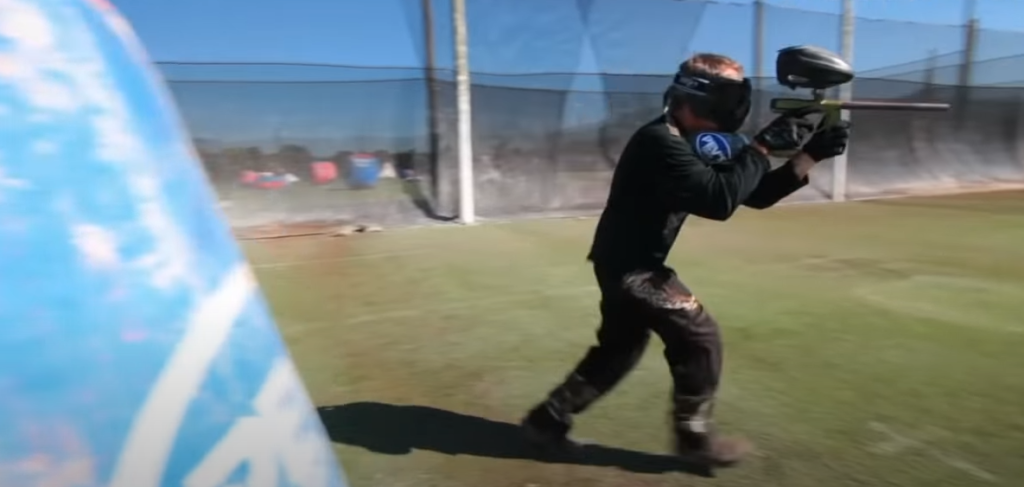
How To Fill a Paintball Air Tank?
Step 1: Empty Your Paintball Air Tank
Before you fill your paintball air tank, make sure to empty it of all the paintballs. This will help ensure that you don’t accidentally overfill or damage your tank while filling. [3]
Step 2: Check The Integrity Of A Air Tank
After you’ve emptied your paintball air tank, double check the integrity of it to make sure that there are no cracks or breaks and that it is free from any rust. If you encounter any issues, replace your tank before proceeding with filling it. [3]
Step 3: Check The Psi Rating
Once you have confirmed that your tank is in good shape and ready to be filled, check the pressure rating of your paintball air tank to make sure that it can handle the type of pressure you’ll be using for filling. Low-pressure tanks should not be filled with higher PSI fill sources such as scuba tanks or compressed air pumps. [3]
Step 4: Choose An Appropriate Fill Adapter
Once you have checked the PSI rating of your tank, choose an appropriate fill adapter. Your paintball air tank should come with a fill adapter that is specifically designed for use with it. Otherwise, you can purchase one from a sporting goods store or online. [3]
Step 5: Rely On A High-Pressure Compressor
Once you have chosen an appropriate fill adapter, rely on a high-pressure compressor to fill your paintball air tank. Compressors are designed to provide the highest PSI ratings and will help ensure that your air tank is filled safely and correctly. [3]
Step 6: Release Pressure after Filling
After filling your paintball air tank, it’s important to release pressure from the tank before storing or transporting it. Squeeze the trigger of your marker until all of the pressurized air is released from the tank; this will help keep it in good shape and prevent any unwanted accidents while using it later. [3]
How to Fill Your CO2 Tank
CO2 tanks can be filled easily with a CO2 cylinder or tank either at a paintball store or online. If you fill your own cylinder, make sure to do it in a well-ventilated area and wear safety goggles. When filling the tank, keep an eye on the pressure gauge so you don’t overfill it.
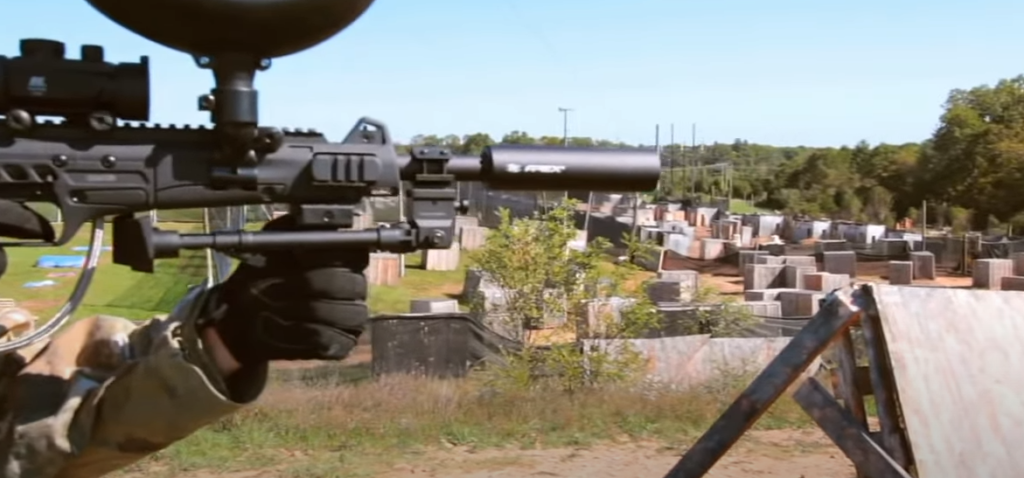
Filling a compressed air paintball tank is slightly more involved than filling up CO2 tanks because they require extra equipment such as an air compressor or fill station. The best way to go about this is to bring your tank to a professional paintball shop where they have all the necessary tools and can safely do the job for you. It’s also a good idea to have your tank tested for leaks by the shop before every use. [3]
What You Need to Know About Hydro Testing Your Paintball Tank
How to Read The Hydro Test Date On Your Paintball Tank
It’s important to know the hydro test date on your paintball tank. Every time a cylinder is filled with compressed air or CO2, it must be tested for safety. This is done by pressurizing the tank and checking for any signs of wear that can cause leaks or other issues. The hydro test date is stamped onto the side of the tank so you can easily check when it was last tested. [3]
Places to Hydrotest A Paintball Tank
If you need to have your paintball tank hydro tested, there are several places that specialize in this service. You can check with local businesses that offer cylinder testing or look online for certified companies. Make sure the company is certified and has experience with paintball tanks before making a decision. [3]
How to Maintain and Repair Your Paintball Tank
Replacing Your Burst Disks
No matter which type of paintball tank you decide to go with, you’ll need a good system for maintaining and repairing them. Most tanks come with instructions on how to do this, but here are the basics:
First off, let’s talk about replacing your burst disk. The burst disk is designed to prevent over pressurization of your tank by allowing excess air or CO2 to be released before it builds up too much pressure inside the tank. This is important because if too much pressure builds up in the tank, it can result in an explosion – not something we want happening when playing paintball! To replace a burst disk, make sure you have the correct size for your specific tank and then use a wrench or a screwdriver to remove the old one and replace it with a new one. [3]
Rebuilding Your Regulator
The regulator on your paintball tank is responsible for controlling the pressure of the air or CO2 going into your gun. Over time, the regulator can start to wear down and need rebuilding, so it’s important to check it regularly and replace any damaged parts. To rebuild your regulator, you’ll need a set of tools specifically designed for that purpose. Make sure you follow all instructions carefully when rebuilding your regulator – if done incorrectly, it could cause an unsafe condition. [3]
Protecting Your Paintball Tank
Another important part of maintaining your paintball tank is protecting it from the elements. If you’re playing in a game outdoors, try to keep your tank covered or under a tarp when not in use to prevent dirt and dust from entering the valve and regulator. Also consider investing in an air dryer for your CO2 tanks to ensure that moisture doesn’t build up inside the tank and cause any damage.
Overall, regular maintenance is key to making sure your paintball tanks are working properly and safely. No matter which type of tank you decide on – CO2 or compressed air – make sure you take care of it so that it will last longer and perform better! [3]
Which Is Best?
The debate between CO2 and compressed air paintball tanks is an ongoing one, with no clear winner. Each has its advantages and disadvantages, so the best choice will depend on your needs.
Compressed air tanks tend to be more expensive than CO2 tanks due to their construction. They also need to be refilled more often because they’re bigger and have a higher capacity for air than CO2 cylinders. Despite this, compressed air offers some distinct advantages over CO2 – it’s generally more consistent in performance, meaning that it’ll keep its velocity more evenly throughout the game. This makes it the preferred option for tournament players who want stability from shot-to-shot. Compressed air tank systems are also quieter than CO2 tanks.
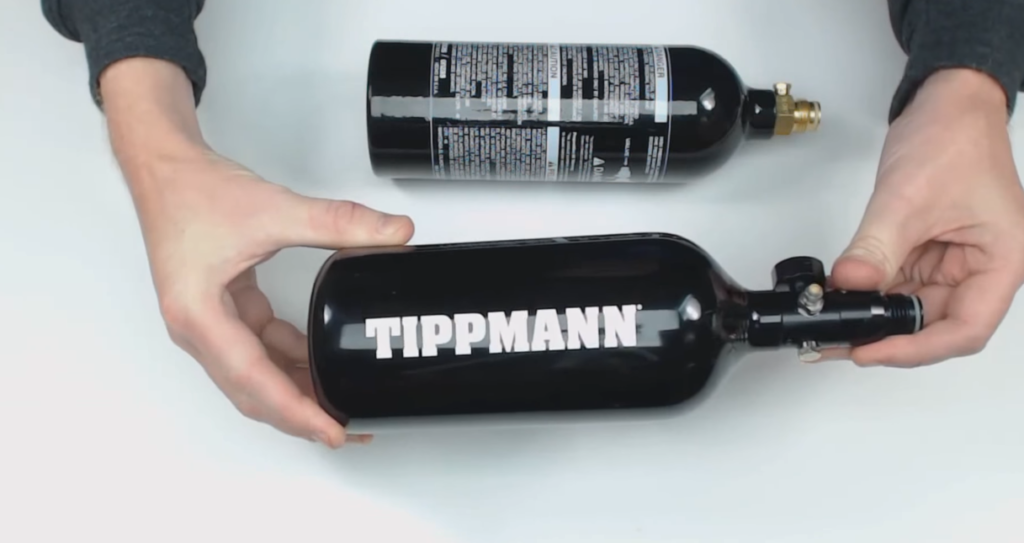
CO2 is more affordable than compressed air, meaning it’s the better option for recreational players who don’t need the high-end performance of a tournament-level paintball gun. It also has less restrictive regulations than compressed air – you generally don’t need to have your tank filled by an approved technician like you do with compressed air tanks. On the other hand, CO2 can be inconsistent in its velocity and can lead to ‘caking’ or freezing inside the cylinder, meaning that if you’re using a CO2 tank in cold temperatures, you’ll occasionally miss shots due to disruption caused by the temperature change on the gas. [1]
FAQ
Is CO2 better than compressed air for paintball?
This is a tricky question as there isn’t one definitive answer. However, the general consensus among paintball enthusiasts is that compressed air offers superior performance over CO2 tanks. Compressed air paintball cylinders maintain consistent pressure and velocity no matter what the temperature or elevation, whereas CO2 varies in both of these components due to its reliance on ambient temperature and atmospheric pressure. Moreover, compressed air does not suffer from liquid-phase expansion which can cause misfires in your marker when shooting with a CO2 tank.
Does CO2 compress better than air?
No, air actually compresses better than CO2. Compressing air results in a higher pressure per unit volume, allowing you to store more air in a given space. This is particularly beneficial if you are looking for an ultra light and portable paintball tank.
What is better for paintball CO2 or HPA?
When considering the performance of your paintball marker, HPA (High Pressure Air) is generally considered to be superior. This is because HPA offers consistent velocity and pressure during shots, regardless of temperature or elevation. CO2 tanks are known to experience liquid-phase expansion which can cause misfires in your marker when shooting with a CO2 tank at higher temperatures.
What is the difference between CO2 and compressed air?
The main difference between CO2 and compressed air is that compressed air is a gas, while carbon dioxide (CO2) is a liquid. Compressed air tanks are filled with highly pressurized oxygen-enriched air and offer consistent velocity and pressure during shots regardless of temperature or elevation. On the other hand, CO2 tanks rely on ambient temperature to convert the liquid into a gas and can experience variations in velocity and pressure due to changes in atmospheric pressure. Additionally, CO2 tanks can suffer from liquid-phase expansion which can cause misfires in your marker when shooting at higher temperatures or elevations.
What tank should I get for paintball?
The type of tank you get for paintball ultimately depends on your individual needs and preferences. If you are looking for consistent performance regardless of temperature or elevation, then a compressed air tank would be the best option. However, if you prefer a lighter and more portable option, then a CO2 tank may be ideal. Ultimately it comes down to personal preference and what best suits your individual playing style.
What are the disadvantages of compressed air?
The main disadvantage of using compressed air is its cost. Compressed air tanks require a much higher initial investment than CO2 tanks, and refilling your tank can be costly as well. Additionally, compressed air is susceptible to moisture build-up which can lead to performance issues over time if the tank isn’t properly maintained. Finally, the larger size of many compressed air cylinders means they are often heavier and more difficult to transport than their CO2 counterparts.
Useful Video: CO2 Vs. Compressed Air Pressure demonstration
Conclusion
CO2 and compressed air paintball tanks both offer reliable performance in challenging conditions. CO2 is the cheaper option but requires frequent refills due to its limited capacity, while compressed air tanks are more expensive but can last for many hours on a single fill. Ultimately, the decision comes down to personal preference and budget. If you’re looking for reliability and long-term value then a compressed air tank may be a better choice, while if you’re looking for an affordable way to get into paintball without breaking the bank then CO2 could be the right answer for you. Whichever type of tank you choose, always make sure that it is properly maintained so that it continues to provide safe, reliable performance in any situation. Thanks for reading!
References
- https://paintball4all.com/co2-vs-compressed-air/
- https://www.alzgas.com/Paintball-CO2-Tank-VS-Compressed-Air-Tank-Which-One-is-better-id3782508.html
- https://www.paintzapper.com/co2-vs-hpa-paintball-tanks/


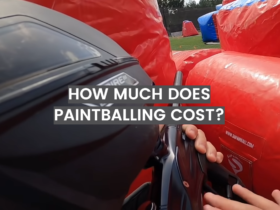
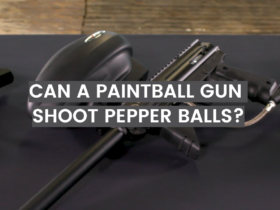

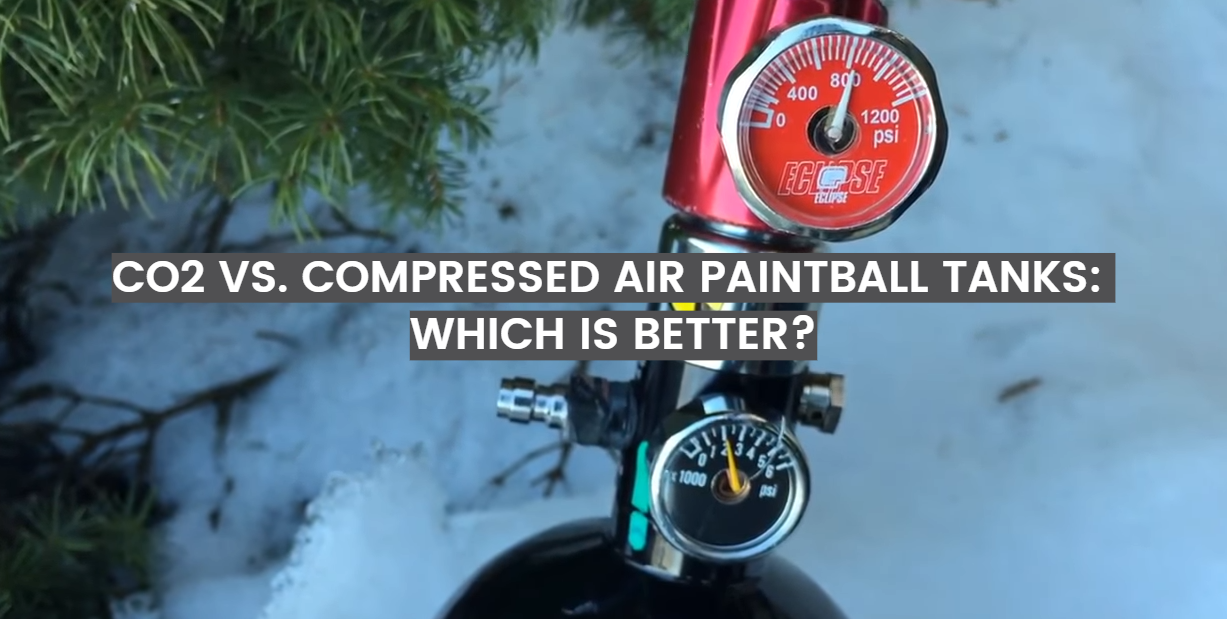
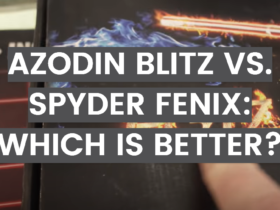
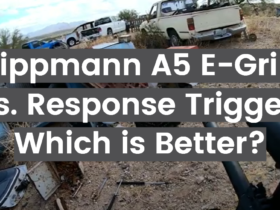
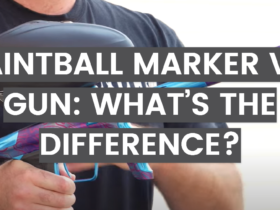
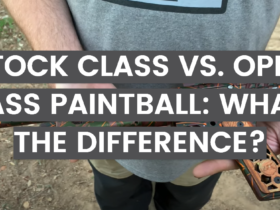
Leave a Review